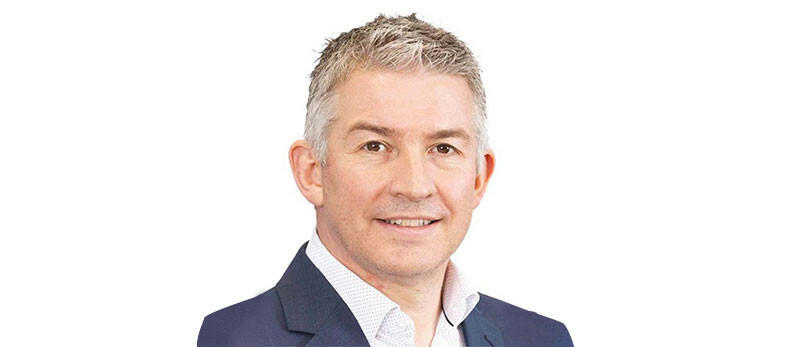Technical Newsdesk: June 2024

Acccording to Ronan Keating, ‘Life is a rollercoaster’. Over the last few weeks, the same can probably be said for HMRC, in particular the attention placed on their customer service.
The announcement on 19 March of severe restrictions to HMRC’s telephone lines hit the headlines and received significant criticism, prompting an urgent question in Parliament by James Murray MP and a whiplash-inducing u-turn. As a fan of parliamentlive.tv, I tune in when Parliamentary Committees are holding evidence sessions regarding tax. On 24 April, the Treasury Committee spent a large part of the session grilling Jim Harra, Angela MacDonald and Dame Jayne-Anne Gadhia (Lead Non-Executive, HMRC) about the announcement (tinyurl.com/2b9hz8ja), which is an uncomfortable watch in places.
The dizzying high came on 13 May, when the Financial Secretary to the Treasury, Nigel Huddleston MP, announced £51 million of additional funding in HMRC to ‘bring HMRC’s phone line service back up to the published target of 85% of calls to HMRC advisers being answered’ (tinyurl.com/4k3rkkzp). The announcement continued: ‘Today’s additional funding enables HMRC to meet the performance standards on its phone lines that its customers expect, while continuing the transition to a digital first model of tax administration’. This is precisely what we are after – we do not want to simply to continue use of the helplines, but a properly functioning telephone service is necessary until HMRC’s digital systems have the necessary availability and reliability. £51 million is, however, less than 6% of what HMRC spent on customer service in 2022-23, so whether this will have a significant, lasting effect is debateable.
But anyone who has ridden a rollercoaster knows that a dizzying high is followed by a plummeting fall. Just two days later – on 15 May – the National Audit Office (NAO) issued its report into HMRC’s customer service. The report contains some concerning statistics, such as that taxpayers and their agents spent the equivalent of 798 years waiting to speak to an HMRC adviser in 2022-23, and that HMRC is paying out possibly tens of millions of pounds of interest on VAT repayments because its automated systems make repayments later than the due date established by the recent penalty reform changes.
Later this month the CIOT, ATT and LITRG will be joining other professional bodies at the first of what I hope will be a series of meetings focused on how we can support HMRC transition people to digital services. While we have been doing this through our existing channels, this is the first opportunity to have this sort of ‘sleeves rolled up’ conversation. There is a lot in the NAO’s report that we are fully digesting for the first time – the level of savings HMRC need to achieve, how that will impact upon staff numbers, and the initiatives to deliver these efficiencies. I think this is an opportunity to encourage HMRC to work together with external stakeholders such as CIOT, ATT and LITRG, so that we can provide input into and critique of HMRC’s plans, so that they really do deliver against their objectives.
Hopefully, the additional funding for helplines, together with the collaborative approach to improving HMRC’s digital services, will help us iron out the bumps. Perhaps Ronan Keating was thinking about the desire for greater digital engagement with HMRC when he suggested that it is best ‘when you say nothing at all’.


